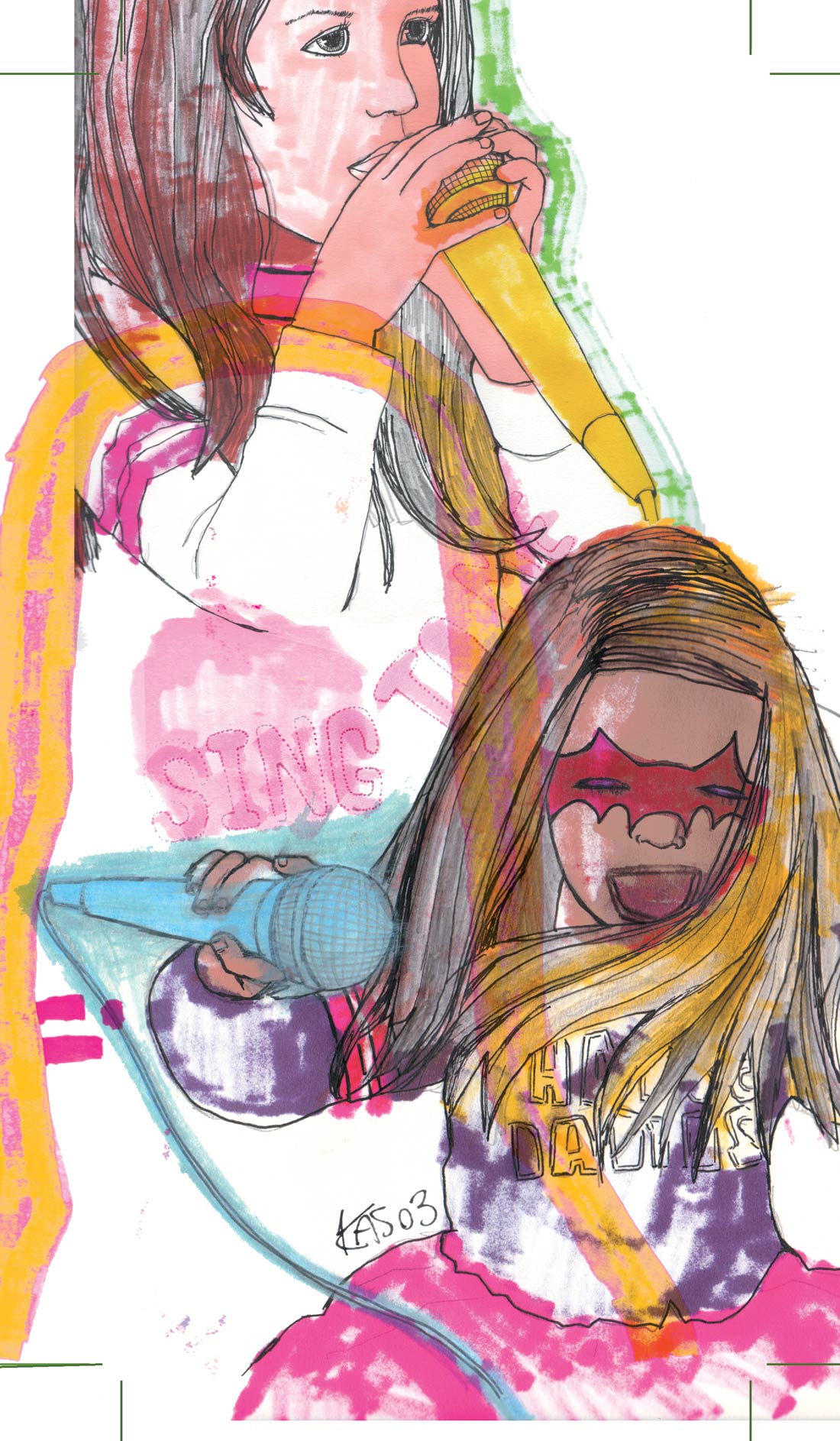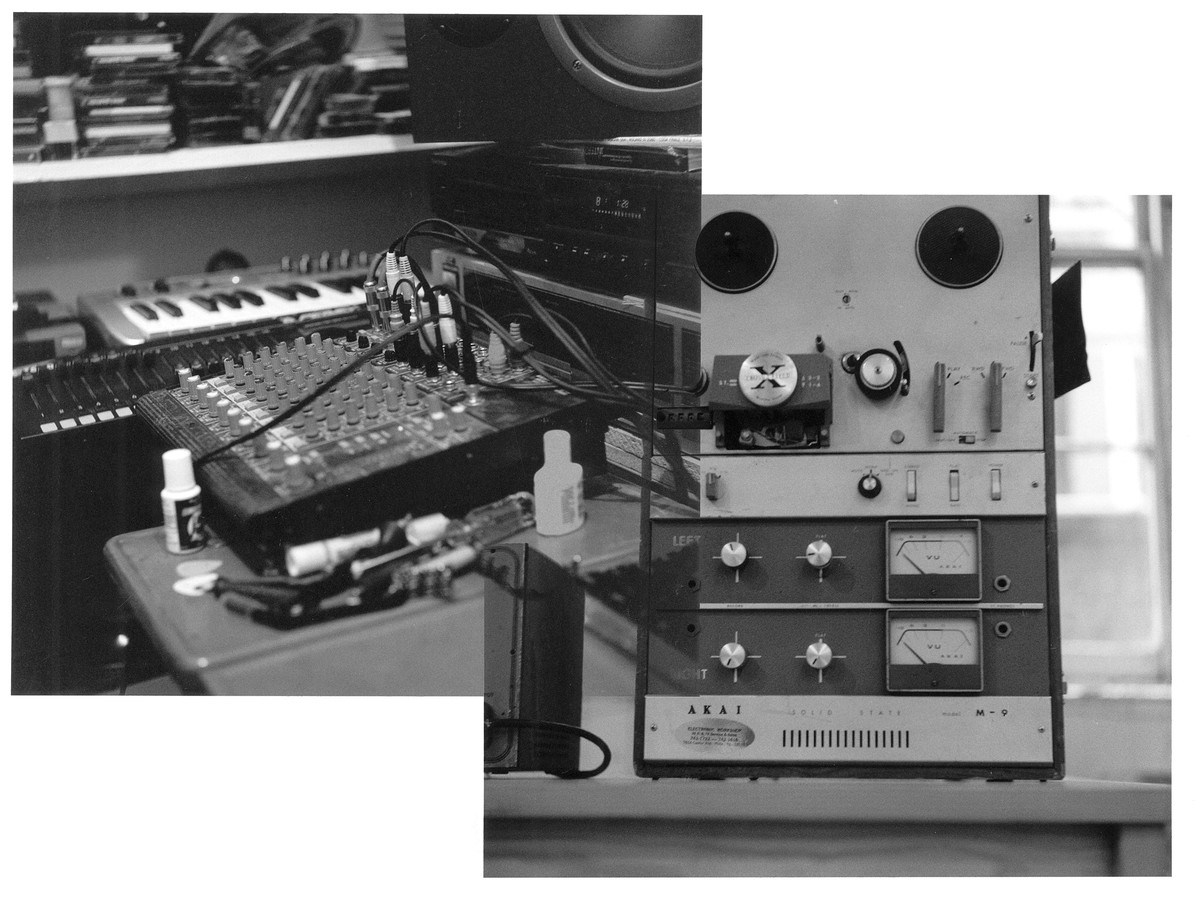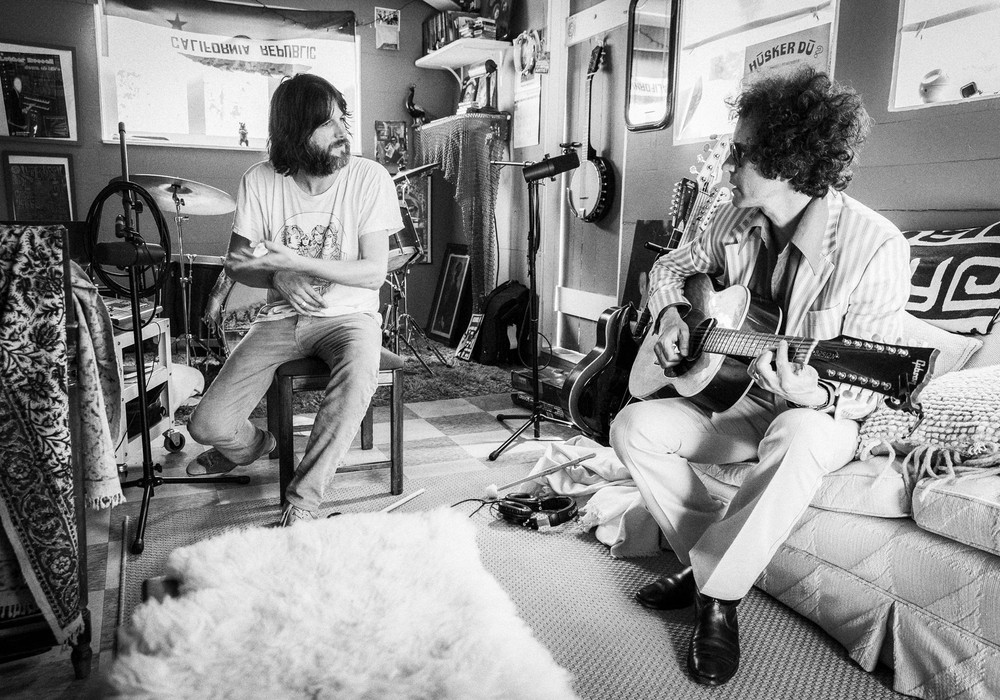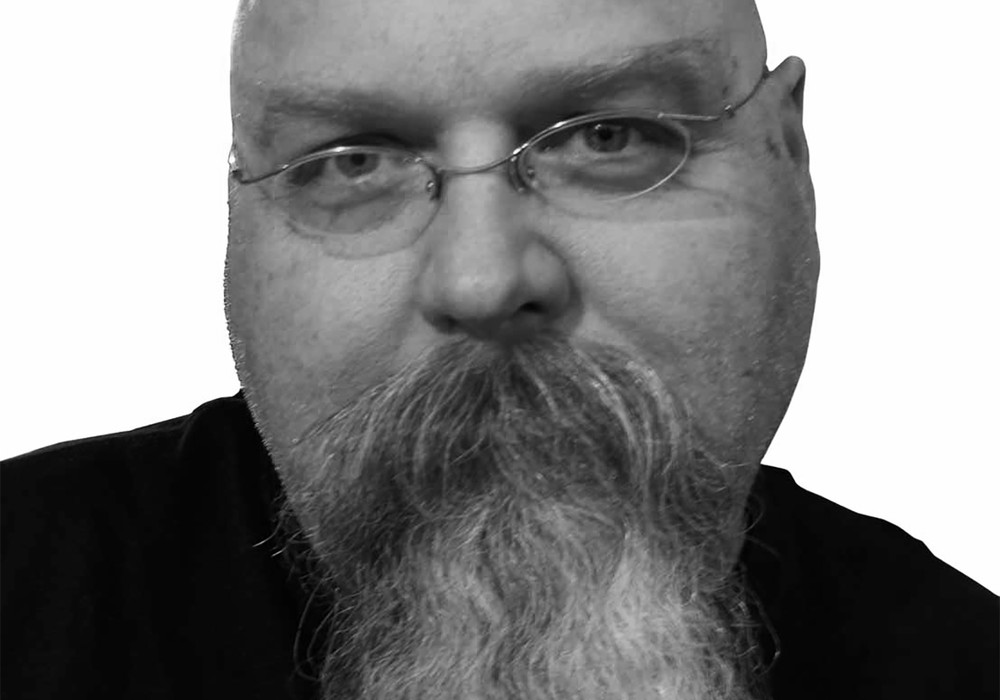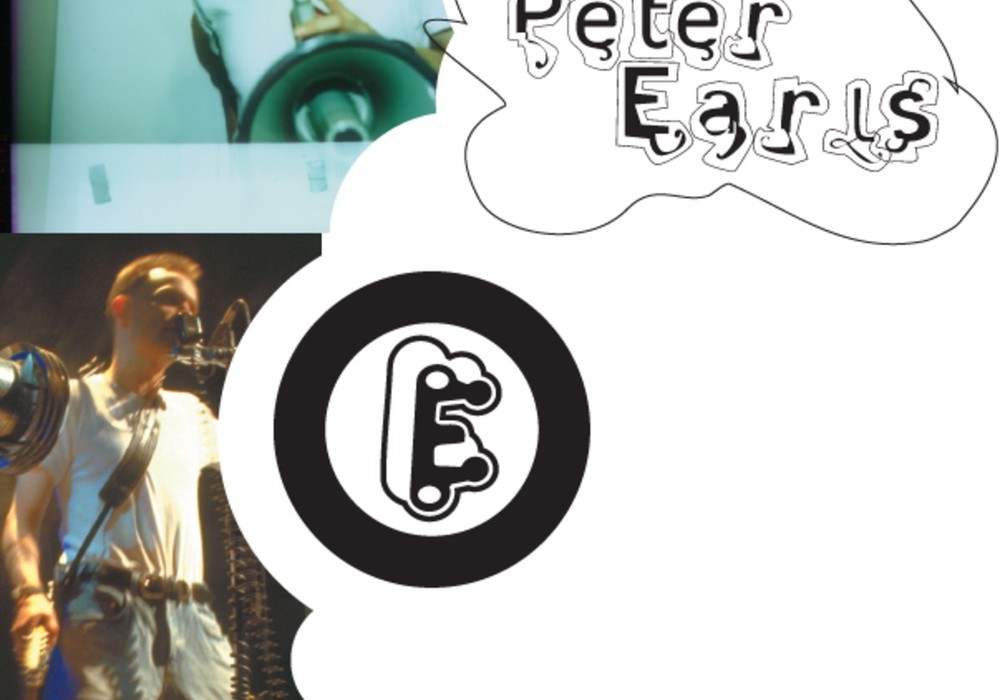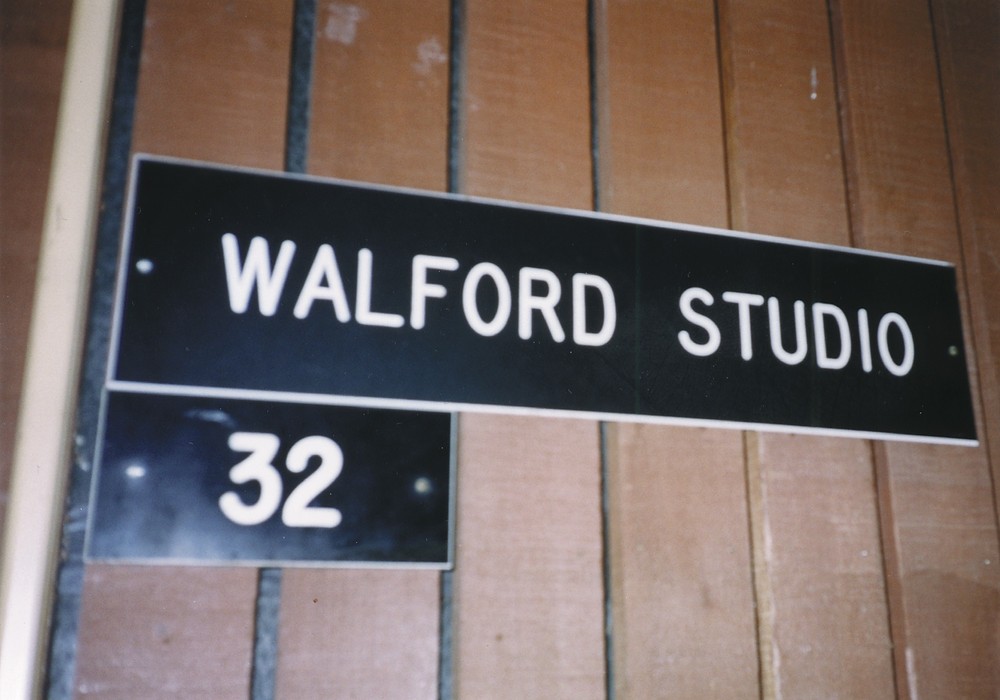I initially encountered David First performing a composition of his microtonal drones called "My Veil Evades Detection; My Veil Defies Exhaustion; My Veil and I Divorce" at an old rec room called Cuando on New York's Lower East Side. The piece's dense, slowly evolving microtonal drones are typical of the work that has earned him respect in New York's avant-garde music community. While First is best-known today for these drone based compositions, in the past, he has played guitar — in one of Cecil Taylor's large ensembles at a legendary Carnegie Hall concert and with former Television guitarist Richard Lloyd [Tape Op #56]. Ecstatic Peace will soon release a CD compiling the work of the Notekillers, his late-'70s punk-era band. "It's always been a weird pendulum swing with me, from totally noncommercial extended sound-oriented things to song- oriented things." He brought his experience recording and playing so many styles of music to his new pop album, Universary, most of which he recorded himself at home.
First originally encountered recording and audio-related technology through his family during his childhood in Philadelphia. "My grandmother was an opera singer, so she always had tape recorders in her home, which I think was kind of exotic back in the early '60s when I was a little kid." His father was "an electrical engineer, he's retired now. He always had interesting devices around, like audio oscillators and electronic test equipment. He used to show me little tricks like how to record things and play them backwards, or how to speed things up, the whole Chipmunks thing, or slow them down, the Darth Vader thing. That was pretty mind- blowing at the time. He told me what a Theremin was, and we built one for an 8th grade science project. My dad was also the first to explain certain acoustical phenomena to me. I remember once I was playing around with recording an oscillator and then sweeping another oscillator against it, and it was like, 'What is going on here?' I would hear this third tone that was occurring when I would get these oscillators' tones near each other, and he told me it was called heterodyning — two tones subtracting from each other to create a third."
Having played guitar much of his life, First's early influences were guitar players, such as Sandy Bull and John Fahey, and guitar-oriented rock bands such as the Grateful Dead and the Yardbirds. "There's a couple of tapes around of my high school band. Somebody always had some sort of reel-to-reel tape recorder. At some point in the early '70s I acquired an Akai M-9 sound on sound 2-track. I traded an old guitar amp for it. I used it for a lot of my first experiments with sound, as opposed to whatever you want to call writing songs, and also to develop the Notekillers material later on. I still have the carcass around here, though it ceased to work years ago. It slid off of a car- hood one sad, drunken Winter evening many years ago."
Gradually, First's interest in rock music diminished, as he felt the music had grown less vital, and he grew interested in experimental jazz and avant-garde composers. "In the mid-'70s, I took some courses at Princeton University in analog electronic music techniques and also in digital computer music. At that time, computer music meant the IBM 360, which took up a whole floor of a building. Once you punched out all your cards and fed them into the computer, you had to go to another building, half a mile down the road, and hang out for a half-hour or so for your D/A conversion to finish, and that was if nobody else was using the computer. Sometimes you had to come back the next day — it was crazy. And that whole computer wasn't nearly as powerful as today's laptop. The teacher I had at the time, a graduate student named Michael Dellaira, told me, 'Someday you're going to have a computer on your desk,' and I just looked at him like, 'Yeah, right'. We became friends, and he arranged it so I could use the analog studio. The graduate students there were all deeply into the IBM 360, the whole digital thing. At that point analog was like the dark ages. 'We don't want to deal with tape and cutting and splicing and patch cords.'"
"I was fascinated by analog because it was really hands-on. They had a Buchla [synthesizer] there with metal touch-sensitive plates. I found it more liberating than the piano-keyboard style synthesizers, which everybody in the pop music world was using to do Emerson Lake & Palmer licks. The Buchla wasn't oriented towards that. I just took every patch cord you could plug into it and did these free improvisations. I have A LOT of tapes of that. You HAD to record everything, because you were never gonna be able to repeat anything later. They had two Ampex reel to reels there — a 4-track and a 2- track. I would go there at night when nobody was around. I brought my guitar sometimes and plugged it into the patch-bay and used that...
